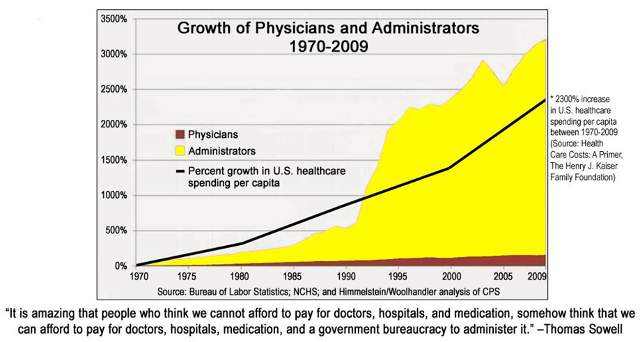The following is a guest blog post by Steven Marco, CISA, ITIL, HP SA and President of HIPAA One®.

If time is money, medical practices are sure losing a lot of both based on the findings in a new study published in Health Affairs. The key take-a-way, practices spend an average of 785 hours per physician and $15.4 billion per year reporting quality measures to Medicare, Medicaid and private payers.
The study, conducted by researchers from Weill Cornell Medical College, assessed the quality reporting of 1,000 practices, including primary care, cardiology, orthopedic and multi-specialty and the findings are staggering.
Practices reported spending on average 15.1 hours per week per physician on quality measures. Of that 15.1 hours per week, physicians account for 2.6 hours with the rest of the administrative work divided between nurses and medical assistants. About 12 of those 15.1 hours are spent logging data into medical records solely for quality reporting purposes. Additionally, despite a wealth of software tools on the market today, about 80 percent of practices spend more time managing quality measures than they did three years ago and half call it a “significant burden.”
Aside from the major drain on administrative resources, there are heavy financial ramifications for such lengthy and cumbersome reporting as well. The report found practices spend an average of $40,069 per physician for an annual national total of $15.4 billion.
The findings of this study clearly demonstrate the need for greater reporting automation in the healthcare industry. By embracing technology to manage labor-intensive, error-prone and mundane tasks; practices free up their staff to focus on patient care. In the past few years, we have watched electronic medical record (EMR) companies do just that by embracing cloud-based software solutions.

This overwhelming administrative bloat and financial burden can be addressed by implementing software tools and solutions designed to streamline reporting and compliance management. For example, if your practice or organization is still conducting your annual risk analysis through spreadsheets and other manual methods, it is time to embrace automation and a Security Risk Analysis software solution. Designed to control costs, a cloud based Security Risk Analysis solution automates 78% of the manual labor needed to calculate risk for organizations of all size.
There’s no time like the present to embrace best practices for your quality reporting. Allow technology to do the heavy lifting and free up your resources.
About Steven Marco
Steven Marco is the President of HIPAA One®, leading provider of HIPAA Risk Assessment software for practices of all sizes. HIPAA One is a proud sponsor of EMR and HIPAA and the effort to make HIPAA compliance more accessible for all practices. Are you HIPAA Compliant? Take HIPAA One’s 5 minute HIPAA security and compliance quiz to see if your organization is risk or learn more at HIPAAOne.com.














Powerful post! This is the impetus for everything Healthmonix has worked toward since we were founded in 2005. We combine effective quality measurement technology and clinical education tools to improve quality and increase revenue, and we’ve seen first-hand the difference it really can make for practices and patients.
The old people coming through garbage in garbage out. We don’t need to focus on the end product we need to look at theoup stream affect
“Patients are more likely to confide their
fears of side effects, inability to afford the
medication, and other medication-taking
behavior if they have a long-standing, trusting
relationship with their provider. That trusting
relationship requires time, which is well spent, as every dollar spent improving medication adherence saves $7 in care.”-Sokol MC, McGuigan KA, Verbrugge RR, Epstein RS.
Impact of medication adherence on hospitalization risk
and healthcare cost. Med Care. 2005;43(6):521–530.